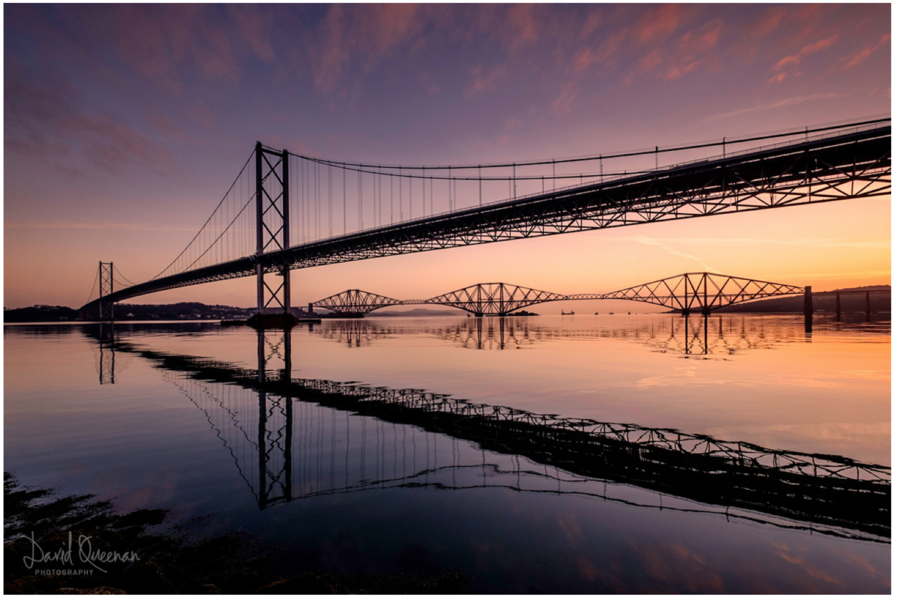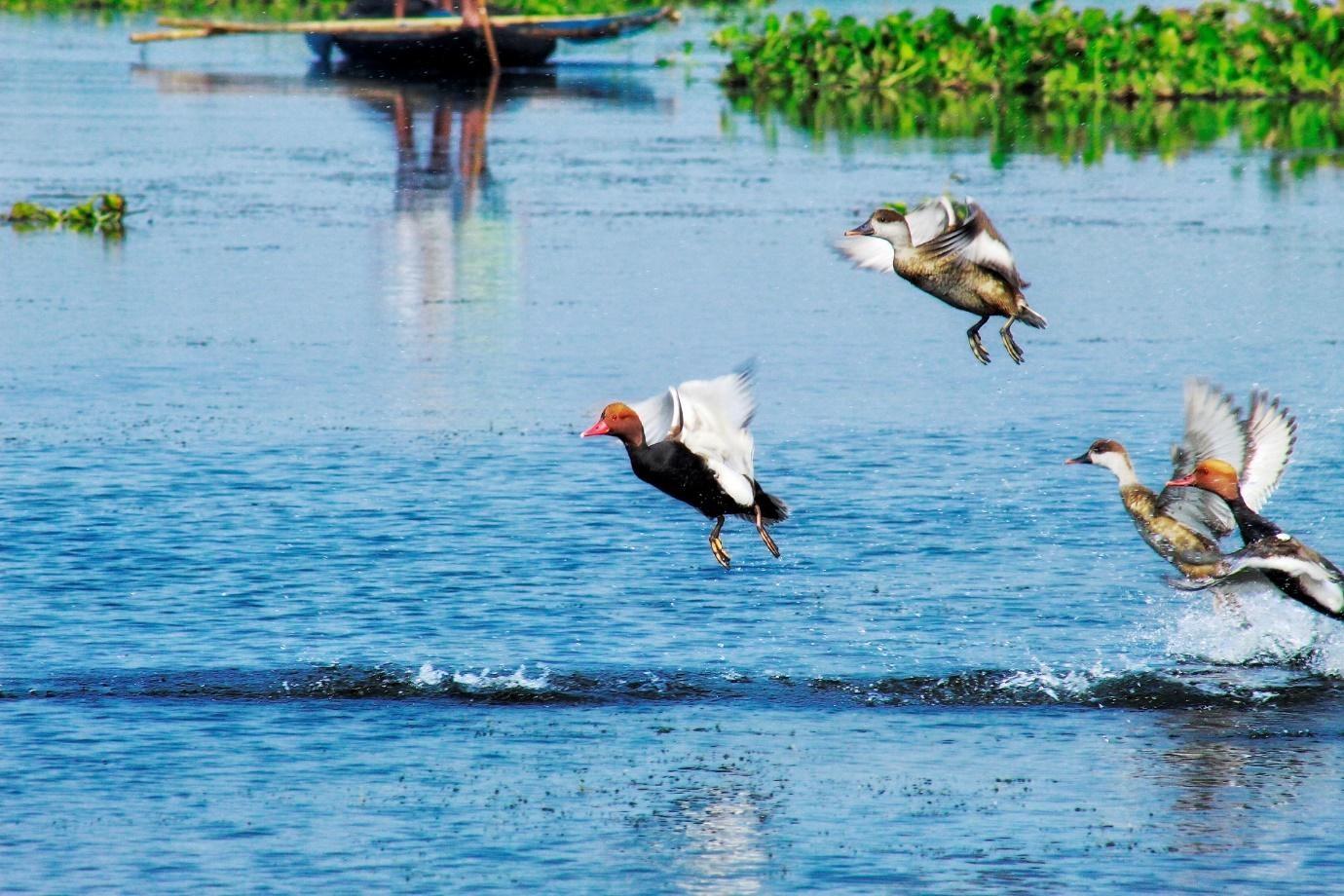Most photographers will tell you that there is much beauty in nature, in cityscapes, and in everyday scenes. These make for the perfect click in the hands of a photography enthusiast, but it takes a real visionary to look at the wonderful stories that reflections tell. Water by itself has an exquisite energy. Add to this a reflection and you open up an altogether new, a fresh perspective. It is definitely a genre you want to experiment with and hone your skills. This is perhaps the reason most photography schools encourage photographers to capture water reflections. Here are some tips that will help you capture stunning reflections on the water –
Choose the right subject
For reflections, your subjects may need more careful consideration than usual. A majestic monument or a temple tower may be good subjects to shoot but they may not make excellent water reflections. The city skyline, wooded forests, colourful natural scenes make for excellent water reflections. The water body need not be a vast one. While the seafront can give you excellent reflections, so can a well thought out composition by a puddle. The reflection of a child, a string of lights, a fallen flower – whatever you pick, it is important to consider what the reflection will look like.
Pick the perfect weather
The best water reflections certainly depend on the weather. You will want to capture most of your images when there is no wind and the water body is perfectly still. Unless you intend to capture the reflection of the city lights by dusk, you must look out for bright natural light. There are times you may want to consider water reflection photography with large ripples. This will elicit a different effect but could be a great visual too.
Look for solitude
The best water reflection images are those which are clean and clutter free. This makes it important to stay away from crowds. You can look for water reflections when on a riverside walk or in a park or even near a puddle. Take a boat trip and wait till the water settles to capture that perfect image. A calm pond or a puddle that reflects the beauty of the world may also be perfect.
Use aperture creatively
The one setting that you will really need to experiment with is the aperture. If you are a novice looking to understand the various aperture settings you may want to enrol in a basic photography workshop. Pick an increased depth of field (a high f-number) to get the entire picture in focus and then shoot with your camera facing the actual reflection. Alternatively, if you’re shooting a reflection in a smaller water body like a puddle or a fountain, use a decreased depth of field (a low f-number) to take photos with a large bokeh effect.
Experiment with compositions
Capturing water reflections can have a way of showing up differently when you change the angle, the focus, and even the depth of the reflection. This calls for a well thought out approach towards this genre of photography. Alternatively, play around and experiment a lot. The best of the clicks can be picked up at the post-shoot editing table. Look out for tranquillity, for a picture split in the middle by the reflection, or a composition that is naturally framed by the fountain edge.
Check shutter speed and compensation
Even when the water body seems calm and tranquil, it is likely that the wind or movement in the water may get in the way of capturing a great reflection. It is best to choose a fast shutter speed to prevent a blurred reflection. Similarly when you are shooting a shallow reflection in a puddle or in some water spilt on the ground, it is best to decrease the exposure compensation.

